|
|
Monday Diversion: Counterfeits and Art; Finally Moving to Catalina - Positives and ProblemsBy Graham K. Rogers
Apart from Apple and Amiga, for ordinary folks it was impossible to buy an operating system, although corporations would generally able to do this. Some businesses, however, would buy computers without the operating system relying on the dealer to provide a free copy. I tried to buy computers, including legitimate versions of windows 3.1, for an office I was working at. I was told that this was to add 3000 baht to the cost of each computer and when I told my head of department, she was horrified and questioned this as disks only cost 15 baht. That same department already had several Macintosh computers, bought at inflated prices, but were unwilling to shell out for the more widely used PCs with Windows. They switched over completely a year or so later. I was a user of MS-DOS at the time and attended the announcement of DOS 5.0 at the Hilton hotel in Wallace Road where we were all told that for 500 baht, our pirating sins would be forgiven. I went for that. I also bought DOS 6 when it was released, but my 386 computer died not long after and I was offered a Mac. As well as pirated software, it was also possible sometimes to buy counterfeit hardware, and I remember fairly well the iPods that were on sale with odd capacities like 3 and 8 GB. They were branded Apple but they had been made in China. The Thai authorities did clear those out, but most companies have very little success with combating this type of product piracy in China. This week it was reported, however, that a Swiss company has had a major copyright success over its cameras, with a decision in its favor for artistic reasons. Michael Zhang (Petapixel) writes that the court decided, these are "objects of applied art" that are worthy of protection. Zhang has a number of images that show the original and counterfeit versions. A look at the ALPA site may show why they are worthy of protection. They have several cameras, all of which are beautifully made with the advantage that they can either be used with film or with digital output. They are not cheap. The site does not show prices, but a look on eBay has some items starting around 25,000 baht and rising to well over 150,000.
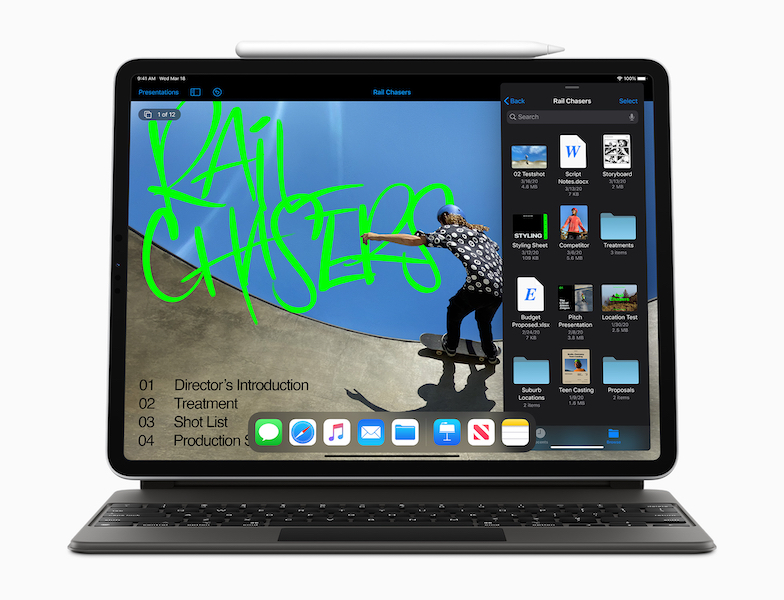
iPad Pro - Image courtesy of Apple
It is a problem when people ask me to work on papers but I have to read sentences several times before I can understand them, or at least a close guess of what they intended. I decline to retype the content for them. For me that is an ethical problem and it is doing the work that they should be doing. Clearly some people do not check the work and rely on their first typing, which can often be wrong. With the Apple Pencil I can now make my comments and suggestions directly onto a PDF, which I can then send back to them, in the hopes that they will take up the suggestions and improve the work. Experience has shown me however that when I am asked to check again, I have to highlight some of the same errors again: in one case recently, this happened 5 times. I use the iPad Pro mainly for writing my own items, and for some photography. The suite of tools in Photos is fairly simple but there are one or two tricks regarding Perspective and Keystone that are not available in Photos on the Mac. Basic editing can be done in Photos on iOS and the iPad, although there are better tools for this on the Mac. Nevertheless I have several applications available to me which I make use of often. These include Darkroom which was recently updated, Pixelmator and Pixelmator Photo, Affinity Photo and several more.
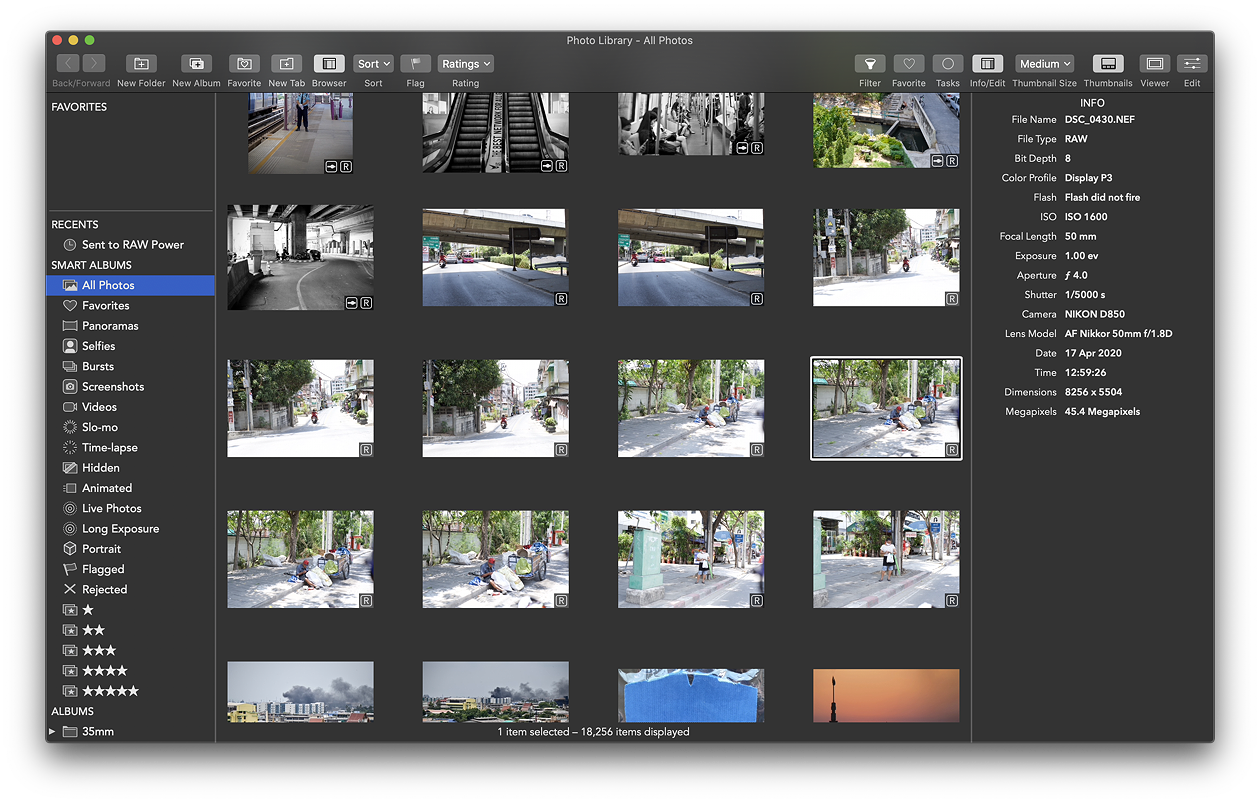
Raw Power on the Mac
There are shortcomings with the way Photos handles metadata (e.g. EXIF), editing tools are limited, although acceptable for basic tidying up; and it took me a while to organize albums to my liking. Some third party applications are accessible from within the Photos editing panel as on iOS Photos, although in some cases these are not the full application (Graphic Converter is a notable exception).
The app adds several features that had been in Aperture, but were not available in Photos, which was rather bare when first released. To be fair Photos has improved considerably, although with the latest iOS, the iOS/iPadOS versions do not match the Mac version: interface and tools. When necessary, I use 3rd party apps on each platform to make up I tried Raw Power 3 out first on the older iPad I have and the wide range of tools put this near the top of my favorites list immediately, although there was some jerkiness using straighten and perspective sliders. There was no jerkiness when I tried this on the iPhone 11 a little later, although the size of the screen does set limitations. When the image is viewed in portrait mode tools are at the bottom of the screen. When landscape mode is used different information sets are available including metadata and the library. The user would need to become familiar with the different displays when using this app on the iPhone. It is however, like Darkroom, an extremely powerful editor for iPhone users, particularly if like me they work in Raw.

Raw Photo on iPad Pro - Albums
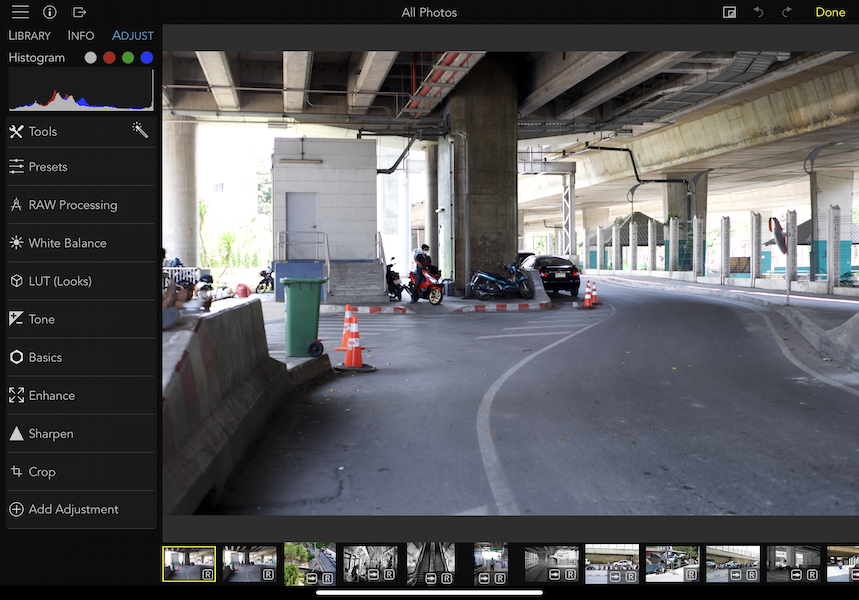
Raw Photo on iPad Pro - Editing
On the Mac it is somewhat different. I could see the new interface but when it came to photos access that was not available. I checked information, I looked at the Help files, and then I noticed an entry in the file menu. Photos access is only available to those with Catalina. This was the catalyst that finally pushed me into updating from 10.14.6 after all this time.
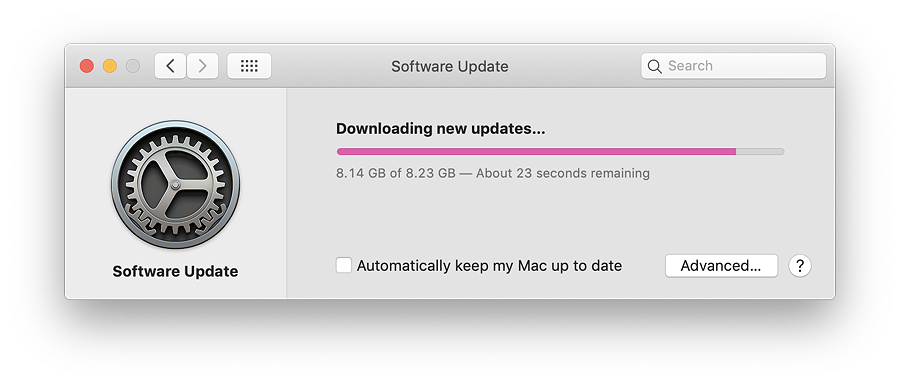
Downloading Catalina
The disk I tried first began with the usual warning of Preparing backup and then changed to "Backed up Zero KB - Freeing Space. . . " It stayed like that for a while so I left it overnight. It was the same in the morning. I had read that it might be necessary to start again with a backup disk. My next step was to reformat and start the Time Machine process again: that worked.
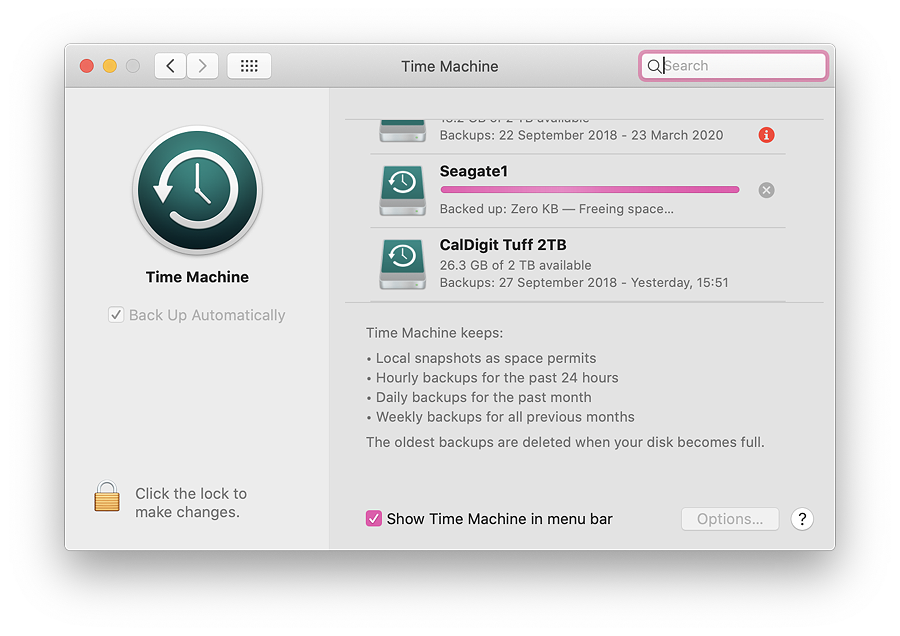
Failing backup on Catalina
As a note, Raw Power, which pushed me into this update is working exactly as I wanted, so there is a silver lining.
The idea behind the new feature is that it charges as normal except it stops before reaching maximum charge, although the user will see 100%. Back as far as the 17" MacBook Pro, Apple had introduced power management with its new flat battery designs. There is a useful video on that . Inevitably, if this extends battery life, users will not need to replace the battery which is more economical (although less income for Apple - peanuts anyway in the big scheme of things).
Graham K. Rogers teaches at the Faculty of Engineering, Mahidol University in Thailand. He wrote in the Bangkok Post, Database supplement on IT subjects. For the last seven years of Database he wrote a column on Apple and Macs. After 3 years writing a column in the Life supplement, he is now no longer associated with the Bangkok Post. He can be followed on Twitter (@extensions_th) |
|


 The update to Raw Power is significant. Not only are there more features, but as
The update to Raw Power is significant. Not only are there more features, but as 